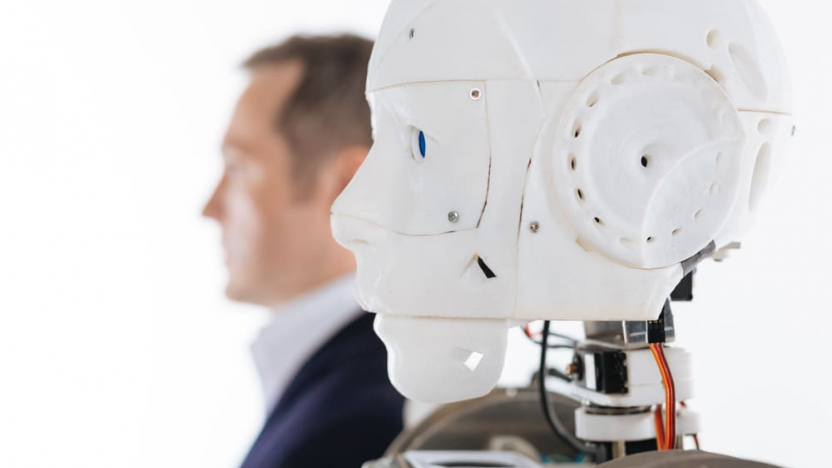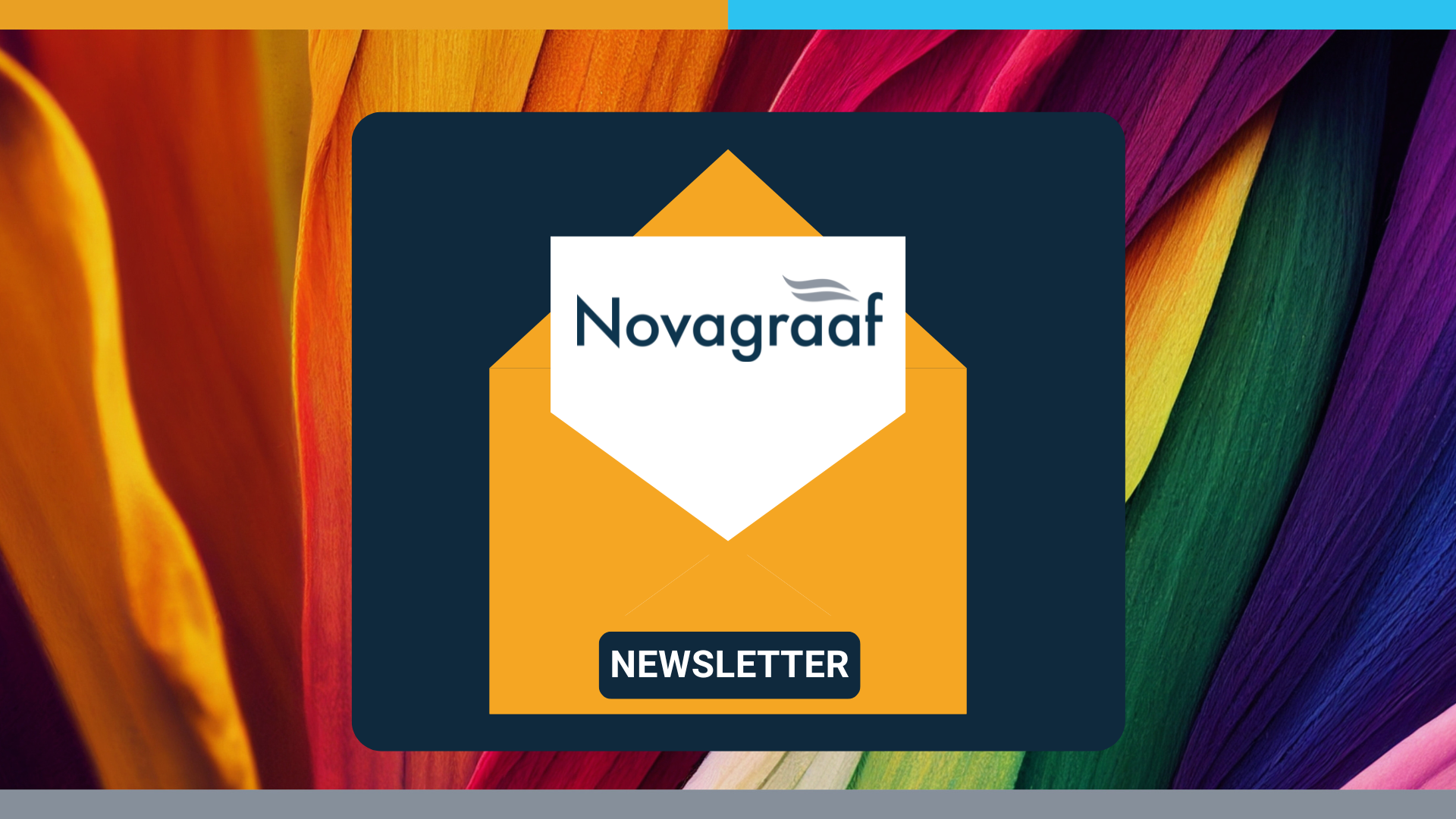AI-assisted inventions: Why artificial intelligence cannot (yet) be an inventor

Following a recent decision by the Swiss Federal Administrative Court confirming that an artificial intelligence (AI) system cannot be the inventor of a patent, Robert Balsters explores the legal and practical realities of AI-assisted inventions and the future of AI patent inventorship.
In its 26 June 2025 decision B-2532/2024 (the ‘DABUS’ case), the Swiss Federal Administrative Court confirmed that an AI system cannot be named as the inventor in a patent application filed at the Swiss Federal Institute of Intellectual Property.
The judge ruled that only a natural person can be an inventor, due to the requirement of consciousness, which AI cannot satisfy. However, the ruling adds a nuance, since the inventor can be the person who contributed to the AI process that led to the invention.
With this landmark decision, Switzerland aligns itself with overseas case law around AI-assisted inventions.
AI and patent inventorship
AI technologies are rapidly transforming the way we solve problems, design products and create solutions. From drug discovery to engineering, AI systems like DABUS (Device for the Autonomous Bootstrapping of Unified Sentience), ChatGPT and AlphaFold can generate concepts that, on the surface, appear to be genuine inventions. Yet, despite these technological leaps, the law in most jurisdictions is clear: AI cannot be named as the inventor on a patent.
This position is not simply a matter of legal stubbornness; it is deeply rooted in the principles of (patent) law, the concept of legal personhood and the nature of inventorship itself. This article explores why AI is excluded from being recognised as an inventor, the current global legal landscape, and what the future may hold as AI plays an increasingly prominent role in innovation.
The legal realities of AI-assisted inventions
- Why current patent laws require a human inventor
The starting point for understanding this issue is that patent law was designed for humans, not machines. Nearly every major patent system – whether under the European Patent Convention (EPC), the US Patent Act, or national laws in countries like Switzerland, Japan and Australia – requires that the inventor be a natural person.
—Legal personhood
Personhood is the status of being a person. Defining personhood is a controversial topic in philosophy and law, and is closely tied with legal and political concepts of citizenship, equality and liberty. According to law, only a legal person (either a natural or a juridical person) has rights, protections, privileges, responsibilities, and legal liability.
An inventor, under most legal frameworks, is defined as a natural person with:
- Legal personality – the ability to hold rights and obligations.
- Property ownership rights – the capacity to own (intellectual) property.
- Contractual capacity – the ability to assign, license, or transfer those rights.
AI systems do not possess these capacities. They cannot own property, cannot sign contracts and cannot be held legally responsible for actions. This is a crucial point because a patent is, at its core, a form of property, and property rights must attach to a legal entity.
—The role of human creativity
While AI can produce novel and useful results, patent law emphasises the human mental act of conception – the formation of the complete idea of the invention in the mind of an inventor. In practice, AI is often a tool in the inventive process, and humans still:
- Define the problem to be solved.
- Design and train the AI model.
- Interpret and refine the AI’s outputs.
- Decide which AI-generated concepts are viable and patentable.
Simply running an AI model and selecting an output does not, in itself, make the AI the “inventor” under current legal definitions.
- AI-assisted inventions: Who gets credit?
Inventions involving AI are increasingly common. The law does not exclude these inventions from patent protection, but it does require that a human be named as the inventor – specifically, someone who made a significant contribution to the conception of the invention.
—Substantial human contribution
If an AI system assists in generating an invention, the human inventor must:
- Contribute meaningfully to the data treatment process.
- Recognise the output as a patentable invention.
- Apply for patent protection in their own name.
Passive involvement – such as simply owning or operating an AI without intellectual input – does not meet the threshold for inventorship.
—Threshold for inventorship
The “significant contribution” test varies by jurisdiction, but in general:
- Sufficient contribution means more than merely using the AI tool.
- Insufficient contribution includes situations where the human plays no role in shaping the inventive concept, such as when AI autonomously produces an invention without human-guided input.
- The global legal landscape
—Switzerland – The Federal Administrative Court’s ruling
In a notable case, a US national applied to the Swiss Federal Institute of Intellectual Property (IPI) to patent a food container invented, allegedly, by an AI system, DABUS. The US national sought to list DABUS as the inventor.
The IPI rejected the application, and the matter went to the Swiss Federal Administrative Court. The court upheld the rejection, confirming that only a natural person can be listed as an inventor. However, it also clarified that a person who:
- Contributes substantially to the AI’s data processing,
- Recognises the result as a patentable invention, and
- Files for protection
can themselves be named as the inventor.
The court allowed the patent examination to continue with the human applicant named as the inventor. This nuanced position reinforces the centrality of human involvement while acknowledging AI’s role.
—Europe – The EPO’s DABUS decisions
The European Patent Office (EPO) faced similar applications (EP 18 275 163 and EP 18 275 174) in which DABUS was named as the inventor. In 2019, the EPO’s Receiving Section refused both applications on two main grounds:
- The inventor must be a natural person under Article 81 and Rule 19(1) EPC.
- No transfer of rights from AI is possible because a machine has no legal personality and therefore cannot assign rights to the applicant.
The EPO concluded that naming a machine as an inventor fails to meet the EPC’s legal requirements.
—Global consensus and IP5 position
The world’s largest intellectual property offices – collectively known as IP5 (EPO, USPTO, JPO, KIPO, CNIPA) – share a common view: AI cannot be recognised as an inventor under current laws.
While jurisdictions differ in procedural nuances, the consensus is that:
- AI-generated inventions may be patentable if a human inventor is identified.
- No country has yet granted a patent naming only AI as the inventor without subsequent legal reversal.
The policy debate: Should AI be an inventor in the future?
Although the legal answer today is a resounding “no,” the question is far from settled in the court of public opinion. As AI systems become more sophisticated, two competing concerns are emerging:
—Arguments for recognising AI as inventor
- Accurate attribution: If an AI truly generated the inventive concept autonomously, some argue it should be recognised for transparency.
- Encouraging innovation: Granting inventorship could incentivise AI development for R&D purposes.
- Legal clarity: Recognising AI as an inventor could resolve disputes where no human meets the “significant contribution” threshold.
—Arguments against
- Philosophical: Inventorship is tied to human creativity and intentionality, which AI lacks.
- Practical: AI cannot own or enforce rights, making inventorship meaningless without legal personhood.
- Risk of abuse: Allowing AI inventorship could be exploited to bypass human accountability in patent filings.
Potential future approaches to AI-assisted inventions
While no jurisdiction currently allows AI to be the named inventor, several possible legal reforms are being discussed:
- AI attribution requirement – Patents could list a human inventor but also disclose that AI significantly contributed to the invention.
- AI Rights Proxy – A human or corporate “steward” could hold rights on behalf of an AI system.
- New IP category – Creation of a separate IP regime for AI-generated works, distinct from patents.
The UK Intellectual Property Office (UKIPO), the US Patent and Trademark Office (USPTO) and the EPO have all launched consultations exploring these ideas, but legislative change is slow and politically sensitive.
Practical advice for innovators using AI
For inventors, researchers, and companies leveraging AI in R&D, the current rules suggest several best practices:
- Document human involvement: Keep clear records of human decisions, problem definitions and interpretations of AI outputs.
- Identify a qualified inventor: Ensure that the named inventor has contributed substantially to the conception of the invention.
- Disclose AI’s role: While not legally required in most jurisdictions, transparency about AI assistance can strengthen the credibility of the application.
- Monitor legal developments: AI inventorship laws may evolve; early awareness can create strategic advantages.
Looking forward
AI is transforming the invention process, but the law has not yet caught up with the technology. For now, inventorship remains a human domain – rooted in the concepts of legal personhood, creative conception, and property rights. Courts and patent offices around the world, from Switzerland’s Federal Administrative Court to the EPO, have reinforced this position.
The DABUS saga has forced lawmakers and IP authorities to confront questions that would have seemed speculative a decade ago. While AI cannot be listed as an inventor today, the ongoing debate signals that the boundaries of inventorship could shift in the future. Until then, innovators must navigate the intersection of AI capabilities and human legal responsibilities, ensuring that patents remain both valid and enforceable under existing law.
To find out more about AI and patent law or for targeted advice on protecting AI-assisted inventions, speak to your Novagraaf attorney or contact us below.
Robert Balsters is a Swiss and European Patent Attorney and Director of the Electronics and Information Technologies Department at Novagraaf.
